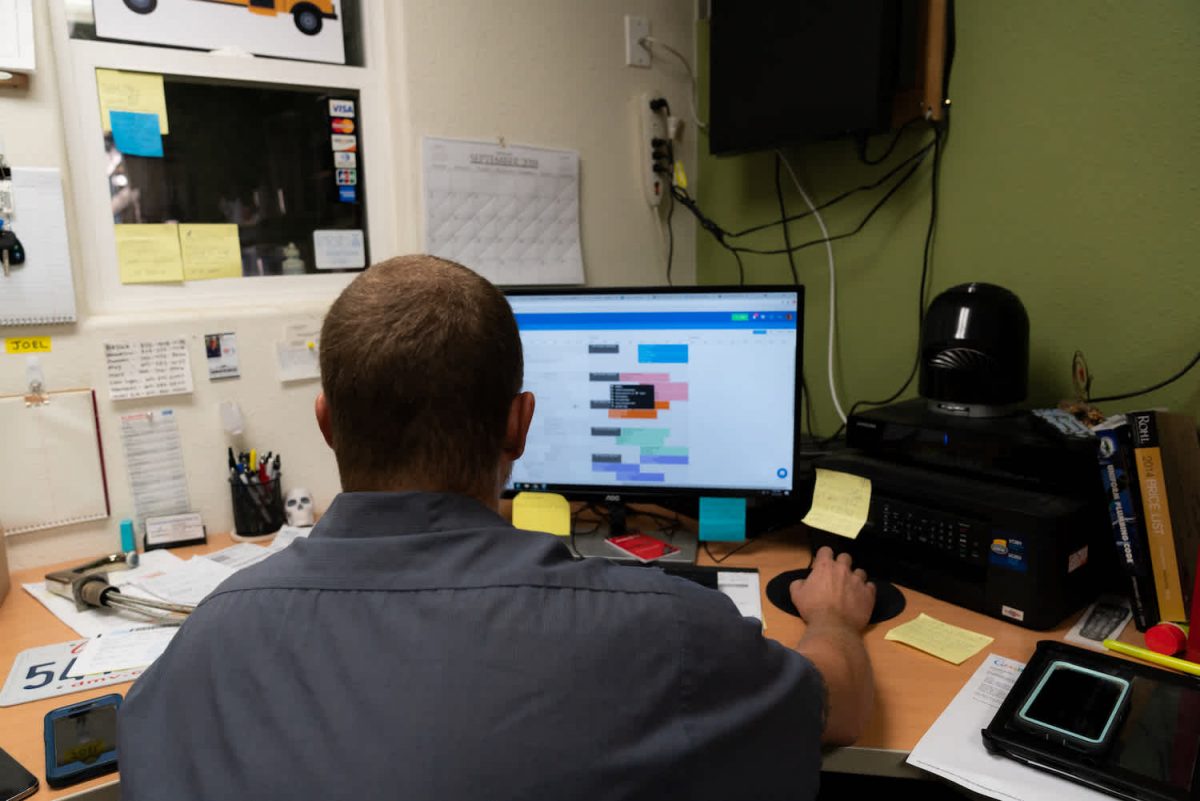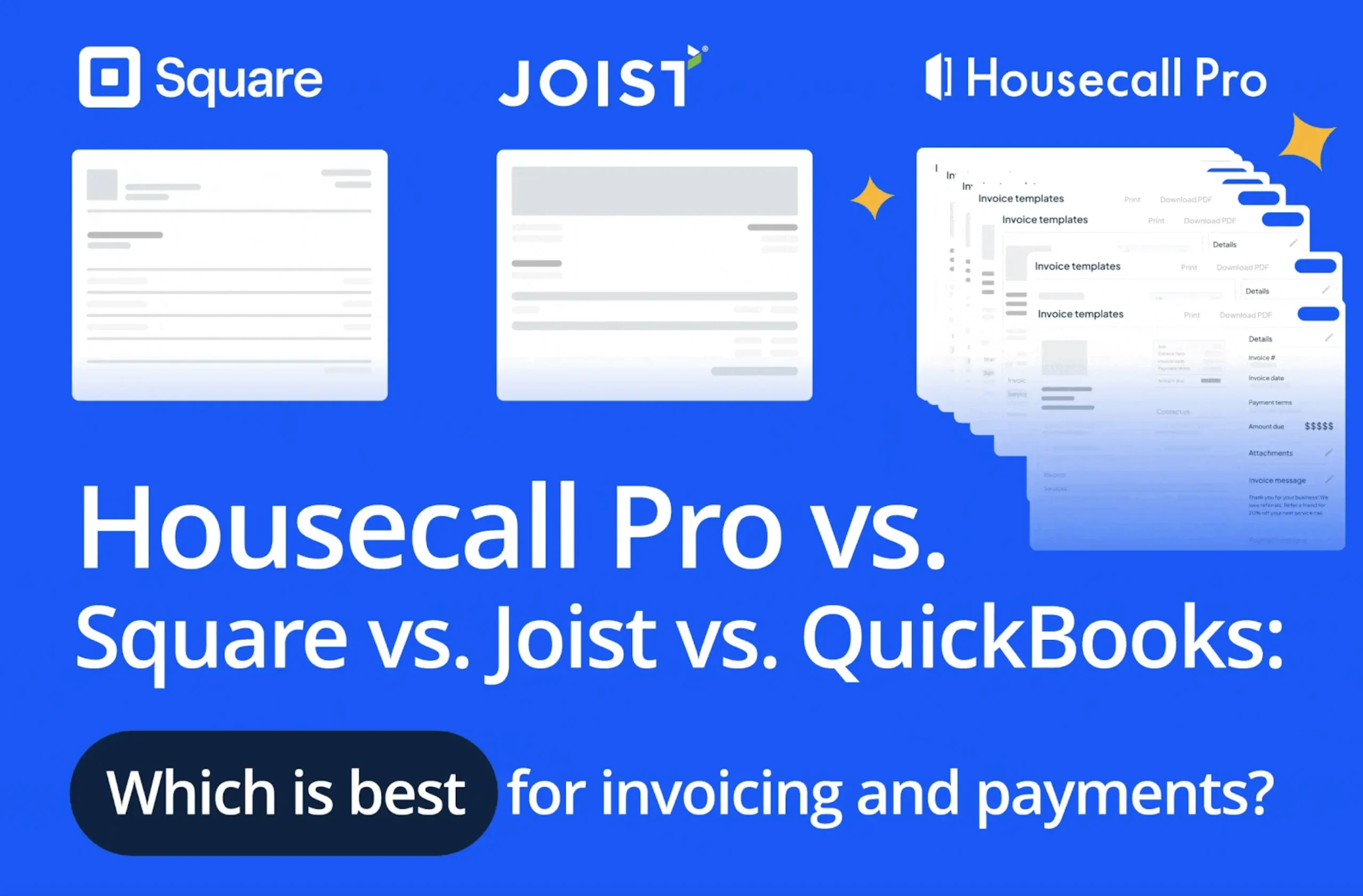
Invoice Wording for Immediate Payments
As a busy small business owner, it can be difficult to keep track of all the moving parts of your company. But one aspect you should always have organized—no matter what—is your invoicing system. How you choose to set up the terms and conditions of your invoices can affect your cash flow and, in turn, your ability to pay your employees’ salaries, buy equipment or raw materials, and grow your business as a whole.
If your payment processes are floundering, you’re not alone; 64% of small businesses reported they had invoices that were overdue by at least 60 days. The good news? You can avoid late payments simply by using the right invoice wording and terms of sale.
Below, you’ll find invoice payment term examples that will teach you how to ask for payment of an invoice politely and professionally. Keep reading for a full overview or jump directly to the section related to your question about invoice terms.
- What are the standard invoice payment terms?
- How quickly should invoices be paid?
- How much can I charge for late payment of bills and invoices?
- What are the incentives I can use to encourage early or on-time payments?
- What are some examples of successful collection letters?
- What are examples of invoice wording for immediate payment?
What are the standard invoice payment terms?
There are several kinds of standard invoice payment terms; you’ll have to decide what best fits your company model and your overall cash flow requirements. First, you’ll have to draft up your Terms of Sale, which are the terms, conditions and services mutually agreed upon by you and your customers.
What do the Terms of Sale include?
- Cost
- Delivery of services or materials
- Payment method
- When payment is expected or due
Why do you need this? Essentially, it’s to avoid any after-the-fact disagreement or misunderstanding. From a legal standpoint, Terms of Sale show a customer what obligations the commercial party (AKA, you) has to meet before an order or service is considered complete.
When setting up your invoice terms, you need to decide your payment schedule. Make sure the payment terms are concisely stated in an obvious area on your invoice so customers can’t miss it.
Below, we’ve laid out some invoice payment term examples:
Payment in Advance or PIA
As you might imagine, a PIA simply means that the payment for services or products is made ahead of time. For example, if you’re a contractor committing to a full renovation project, you might require a 10% down payment before starting construction. These kinds of advances serve as protection for sellers against non-payments and help bridge any financial gaps for ordering materials to start a project. The rest of the payment might be due at the time the project is complete or on an alternative schedule agreed upon by you and your client.
Immediate Payment
Otherwise known as Cash on Delivery or Payable on Receipt, this payment method requires immediate payment when the services are rendered. What does payment due upon receipt mean? This simply means payment is due at the time services are rendered.
This form of payment is more unusual in the service industry unless you also sell products. For example, if you own an HVAC repair or window washing company, you’ll most likely send an invoice after the service is completed.
For some customers, immediate payment is less than ideal—especially for large jobs—as they might not have the money ready up front. In most cases, it makes sense to offer longer terms like a 30-day due date from the time the invoice is received.
However, if you choose to charge up front, you can do so through Housecall Pro’s My Money tools.The client must pay via credit card, e-check, wire transfer, or through online service payments you’ve set up.
Net 30 or Net 60
Any payment term that combines “Net” with a following number means that the payment becomes due after a set number of days from the invoice date. For example, if an invoice was sent to a customer dated March 10th and there is a Net 30 due date, the payment would be expected within thirty days of the March 10th date.
This terminology can be a little confusing for clients to understand. Instead, we suggest you use the word “days” instead of “Net”, which establishes much clearer payment expectations from the get-go.
Payment Terms: 14 Days
Per the suggestion above, you can see how much easier it is to understand “14 Days” over “Net 14” to inform a customer that the payment of an invoice is due two weeks after an invoice is received.
Note: Regardless of what payment schedule you choose, your invoice terms and conditions wording should be simple, polite, and professional.
How quickly should invoices be paid?
When invoices are paid depends on your margins and cash flow needs. For most companies in the service industry, 30 or 60 days is standard. However, this depends entirely on your business. In some cases, you might have a long-standing client who you give greater leeway to pay bills—say, for example, Net 60. For a new customer without an established trust base, you might require Net 30 terms.
How much can I charge for late payment of bills and invoices?
If you’ve already sent several reminder emails and paper follow-ups to customers, you have the right to charge a late fee. Generally, the limit is around 1.5% of the total invoice amount but individual states have usury limits on the amount you can charge.
Remember: Don’t forget to put a notice about late fees or interest charges for overdue payments in your invoice terms.
What are the incentives I can use to encourage early or on-time payments?
You can choose to offer some incentives for customers who opt to pay early or within a given time period. Keep in mind that you don’t want to give customers a deal that’ll affect your bottom line, so stick to a discount of about 1% to 2% of the entire invoice amount. Only provide this discount if the customer pays within the specified terms period.
Again, make sure this specific information is laid out clearly on your invoice form.
What are some examples of successful collection letters?
It’s important to know the difference between collection letters, such as for payment versus late notices, for example. For each kind of digital or physical letter you send, you should use diction that reflects different levels of urgency based on how close the invoice date is on the horizon.
Here’s a general template you can use when sending out invoices:
Email subject: Thank you for your business! Invoice #1035
Hi [Customer’s Name],
We appreciate your business and look forward to helping you again in the future. Please be advised your payment on invoice #1035 is due March 29th. At your convenience, take a look at your invoice and let us know if you have any questions.
Thank you,
[Your Name]
[Invoice information with date of job completion, services, cost, due date for payment]
What are examples of invoice wording for immediate payment?
If you have customers who are past due on their bills, you can politely remind them to pay via physical collection mail.
Successful collection letters are firm but polite and remind the customer of the services rendered, the date the services were rendered, and the total amount due.
Housecall Pro’s Collection Letter Generator provides you with a professional template you can use to remind customers about your invoice terms and conditions in wording that’s polite and kind. You simply have to answer prompts about how much money you’re requesting, add in a description of the service and materials you provided to a client, the date of the service, and the level of urgency you want in the physical letter.
Then, simply choose the right client from your database, then Housecall Pro prints and sends the letter. You can track the letter’s progress and resend automatically if the bill remains unpaid with the ability to increase your levels of urgency to settle debts.Firm Collection Email Template:
Email Subject: Invoice #1035 Due Today
Hi [Customer Name],
This is a reminder that payment for invoice #1035 is due today (total $1,475). If you have any questions, please don’t hesitate to contact us.
Thank you,
[Your Name]
[Invoice information with date of job completion, services, cost, due date for payment]
Assertive Collection Email Template:
Email Subject: Invoice #1035 One Week Overdue
Hi [Customer Name],
According to our records, we haven’t received payment for invoice #1035, which is overdue by one week. Please disregard this notice if payment has been sent. Again, if you have any questions, don’t hesitate to get in touch.
Thank you,
[Your Name]
[Invoice information with date of job completion, services, cost, due date for payment]
Aggressive Collection Email Template:
Email Subject: Invoice #1035 is 30 Days Overdue
Hi [Customer Name]
This is a reminder that payment for #1035 has not yet been received. Per my invoice terms, a late charge may be applied on payments received more than 30 days after its due date.
Again, please feel free to reach out if you have any questions. Otherwise, please plan to settle this invoice immediately.
Thank you,
[Your Name]
[Invoice information with date of job completion, services, cost, due date for payment]
Takeaways: Crafting Invoice Payment Terms for Your Small Business
When running a small business, we understand that you deal with any number of transactions including everything between retaining your employees and running electricity for your office. Those kinds of expenses need to be paid regardless of when you receive payment for invoices. That’s why it’s important to learn how to work your invoice payment terms so that you are more likely to be paid in a timely manner. Remember, be professional, to-the-point, and polite — those three factors will help increase the likelihood you’ll be paid on time and in full so your business operations can continue to run uninterrupted.







